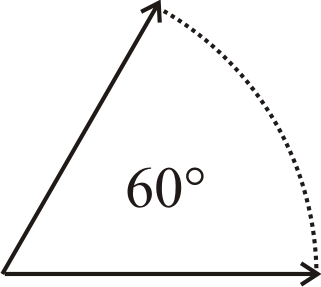top of page
Beam Angles
Selecting lights with the correct beam angle is an important part of ensuring you get the best lighting outcome for your space. To help you figure out which beam angle is right for your lighting upgrade, we’ve pulled together a handy guide.
What is a beam angle?
The beam angle is simply the angle at which light leaves a fitting. The wider the beam angle, the greater the spread of light in the area, which in turn reduces the amount of light that hits any one area.
This trade-off between light spread and brightness is important to consider when choosing your fitting. If you purchase a new globe or fitting that has a much narrower beam than your current lighting, you may end up with dark spots in your room and bright spots directly under the new fittings.
Most traditional halogens have a beam angle of around 60 degrees. Beam angles for LED replacements options can vary significantly. The most common beam angles in LED downlights, floodlights, and highbays are generally between 100 to 120 degrees.
Below is an example of the differences in lighting outcomes between a narrow beam and wider beam light.

Narrow Beam
Lights classified as narrow beam have a beam angle of 60 degrees or less, or at least have an option for an angle below or equal to 60 degrees.
Narrow beam lights are identified by the symbol:


Directional Lighting
Different techniques are used for accentuating two and three-dimensional objects.
Three-dimensional objects are generally illuminated from each side. It is also common practice to use a combination of narrow and wide beam angles to bring out a feature of the object or simply create a dramatic scene.
The most common beam spread used for accenting are 10 to 30-degree beam angles.

bottom of page

